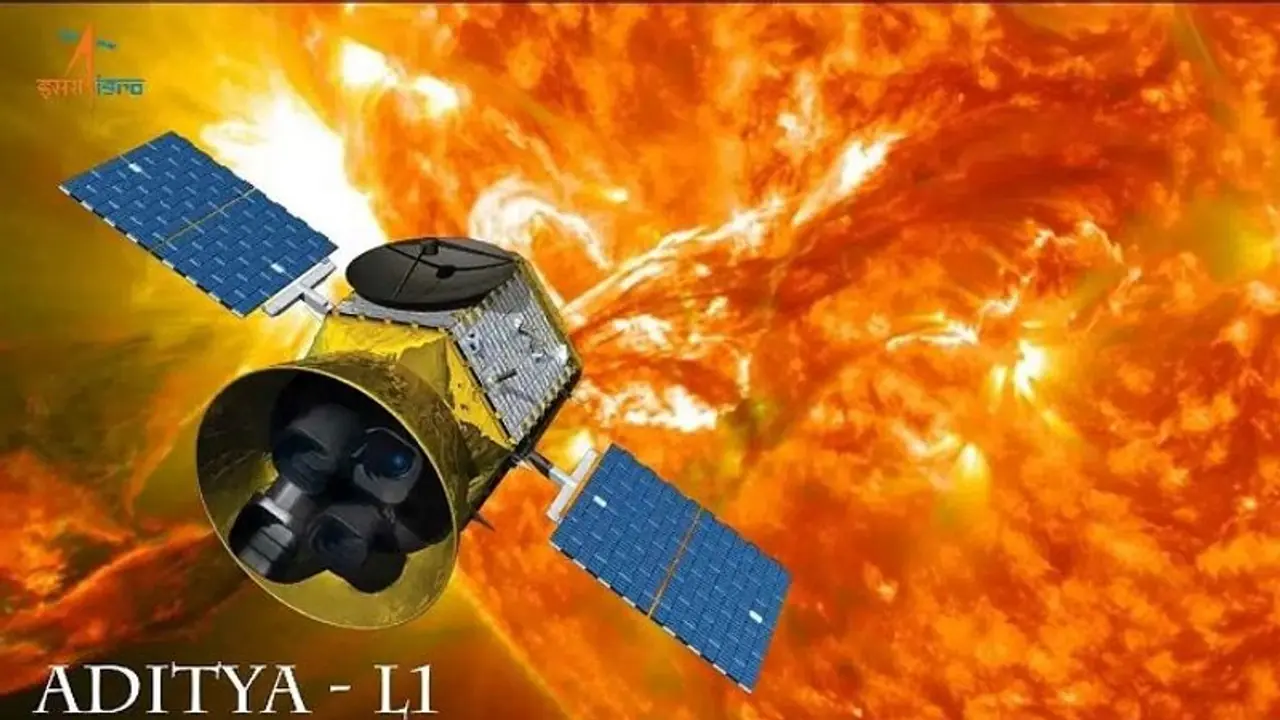The Aditya Solar wind Particle Experiment (ASPEX) payload onboard India's Aditya-L1 satellite commenced its operations and started performing normally, ISRO said in a statement on Saturday.
The Indian Space Research Organisation (ISRO) on Saturday achieved another milestone as the Aditya Solar wind Particle Experiment (ASPEX) payload onboard India's Aditya-L1 satellite commenced its operations and started performing normally. ISRO shared the histogram illustrating the energy variations in proton and alpha particle counts captured by SWIS over two-days.

According to ISRO, the ASPEX comprises two cutting-edge instruments-- the Solar wind Ion Spectrometer (Swis) and the SupraThermal and Energetic Particle Spectrometer (Steps).
On September 2, ISRO's Polar Satellite Launch Vehicle (PSLV-C57) successfully launched Aditya-L1 from the Satish Dhawan Space Centre's Second Launch Pad in Sriharikota. Situated around 1.5 million kilometres from Earth, the first Sun-Earth Lagrangian point (L1) will be the focus of study for Aditya-L1, the first space-based observatory in India.
The main benefit of the spacecraft positioned in a halo orbit around the Sun-Earth system's Lagrange point 1 (L1), which is around 1.5 million km from Earth, is that it can continually see the Sun without being obscured by occultation or eclipses, according to ISRO.
The most important data to comprehend the issues of coronal heating, coronal mass ejection, pre-flare and flare activities and their features, space weather dynamics, and particle and field propagation is anticipated to be provided by the Aditya L1 payload suites.
Last week, ISRO chief S Somnath said that the Aditya L1 spacecraft is nearing its final phase, and manoeuvres to enter the L1 point are expected to be completed by January 7, 2024.
